Browse by Product Lines
- Sale Items
- Art Cards/Matted/Framed🇨🇦
- Indigenous Limited Editions🇨🇦
- Every Child Matters
- Posters or Canvas🇨🇦
- Calendars🇨🇦
- Box Set Note Cards🇨🇦
- Bags and Purses
- Stationery
- Plaques🇨🇦
- Blankets and Towels (New)
- Kitchen
- Magnets🇨🇦
- Glass Magnets Sets
- Puzzles
- Diamond Art
- Games
- Stickers
- Paint By Stickers (New)
- Colouring🇨🇦
- Holiday
- Ornaments – Hand Painted Glass (New)
- Luggage Tag (New)
Active Filters
Brands
Colors
Sizes
Formats
- Horizontal (3)
- Vertical (43)
Substrates
- Art Card (33)
- Canvas (45)
- Limited Edition Fine Art Paper (4)
- Poster (8)
- Stickers Large (1)
- Stickers Small (1)
Product Lines
Subjects
- Art Card (33)
- Every Child Matters (2)
- Indigenous Art Cards (33)
- Indigenous Limited Edition (4)
- Indigenous Posters and Canvas (8)
- Large (1)
- Native (12)
- Small (1)
Keywords
- Children (1)
- Dragonfly (2)
- Family/Child (11)
- Family/Children (7)
- Feathers (1)
- Figurative (46)
- Floral (4)
- Indigenous Stickers (1)
- Lake/Ocean (1)
- Moon (9)
- Native (3)
- Native Art (12)
- Stickers (1)
- Sun (1)
- Winter Scene (1)
- Wolf (2)
- Woman (46)
Tribal Affiliation
- Cree (46)
Albert Betty
Cultural Background: Cree
Betty Albert aka Wabimeguil belongs to the Chapleau Cree First Nation in Northern Ontario. She began her career in 1991. As a professional artist she concentrated her art in representing native women and spirituality. Her artwork has a special connection to the land and culture of the James Bay Cree. Both have served as the backdrop against which she has spent over thirty years evolving and developing her own distinct style of Indigenous artwork.
Through her art Betty attempts to represent the strength and beauty of the feminine when it its grounded in the Great Spirit, women’s sacred dignified, and self-defining spiritual beings. She is most productive in solitude, alone with her tools. Her artwork gives expression to the peace that she experiences when she enters this sacred space of creation. While she has had success throughout North America and beyond, her artwork has been especially well received by her people, the James Bay Cree. She often shares that if her artwork is beautiful, it is only because she has spent her life trying to capture and reflect the beauty of the James Bay Cree people, the beauty of their culture and the beauty of the land. She divides her time between the province of Ontario and Manitoba where she spends time with her sons, their partners, her grandchildren and her ceremonial family.
********************************************************************
Betty Albert, alias Wabimeguil, appartient à la Première Nation crie de Chapleau, dans le nord de l’Ontario. Elle a commencé sa carrière en 1991. En tant qu’artiste professionnelle, elle a concentré son art sur la représentation des femmes autochtones et de la spiritualité. Ses œuvres ont un lien particulier avec la terre et la culture des Cris de la Baie-James. Ces deux éléments ont servi de toile de fond à la démarche de Betty, qui évolue depuis plus de trente ans et a développé son propre style d’art autochtone.
Par son art, Betty tente de représenter la force et la beauté du féminin lorsqu’il est ancré dans le Grand Esprit, la dignité sacrée des femmes, et les êtres spirituels qui se définissent eux-mêmes. C’est dans la solitude, seule avec ses outils, qu’elle est la plus productive. Ses œuvres d’art expriment la paix qu’elle ressent lorsqu’elle pénètre dans cet espace sacré de création. Ses œuvres ont eu du succès dans toute l’Amérique du Nord et même au-delà de ses frontières, mais elles ont été particulièrement appréciées par son peuple, les Cris de la Baie-James. Elle se plaît à dire que si ses œuvres sont belles, c’est parce qu’elle a passé sa vie à essayer de capturer et de refléter la beauté du peuple cri de la Baie-James, celle de sa culture et de sa région. Elle partage son temps entre l’Ontario et le Manitoba, où se trouvent ses fils, leurs partenaires, ses petits-enfants et sa famille cérémonielle.
Portfolio
Showing 1–36 of 46 results
-
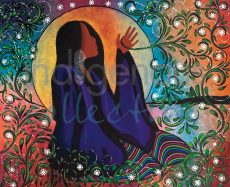 NewItem Code: 20524
NewItem Code: 20524Planting Seeds
by: Albert, BettyArt Cards/Matted/Framed/Canvas; IndigenousSize: 9 x 6 in
-
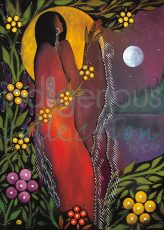 NewItem Code: 20528
NewItem Code: 20528Night Shades
by: Albert, BettyArt Cards/Matted/Framed/Canvas; IndigenousSize: 6 x 9 in
-
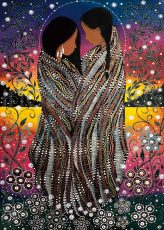 NewItem Code: 20523
NewItem Code: 20523Lovers
by: Albert, BettyArt Cards/Matted/Framed/Canvas; IndigenousSize: 6 x 9 in
-
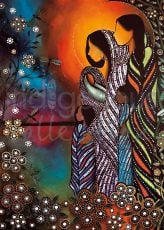 Item Code: 20466
Item Code: 20466All Children Matter II
by: Albert, BettyArt Cards/Matted/Framed/Canvas; IndigenousSize: 6 x 9 in
-
 Item Code: 20465
Item Code: 20465Mother & Daughter
by: Albert, BettyArt Cards/Matted/Framed/Canvas; IndigenousSize: 6 x 9 in
-
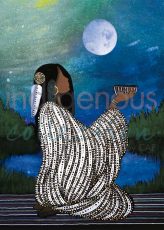 Item Code: 20326
Item Code: 20326Spirit Offering
by: Albert, BettyArt Cards/Matted/Framed/Canvas; IndigenousSize: 6 x 9 in
-
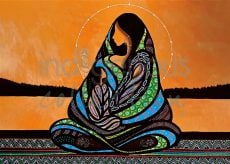 Item Code: 20330
Item Code: 20330Mother
by: Albert, BettyArt Cards/Matted/Framed/Canvas; IndigenousSize: 9 x 6 in
-
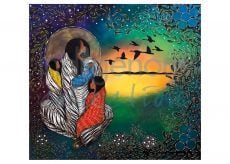 Item Code: 20328
Item Code: 20328A Mother’s Love
by: Albert, BettyArt Cards/Matted/Framed/Canvas; IndigenousSize: 9 x 6 in
-
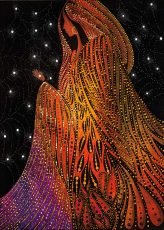 Item Code: POD2729
Item Code: POD2729Catching Dreams
by: Albert, BettyArt Cards/Matted/Framed/Canvas; IndigenousSize: 6 x 9 in
-
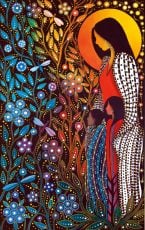 Item Code: POD2728
Item Code: POD2728All Children Matter
by: Albert, BettyArt Cards/Matted/Framed/Canvas; IndigenousSize: 6 x 9 in
-
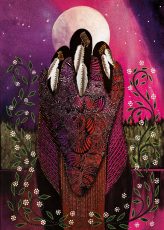 Item Code: POD2727
Item Code: POD2727Mother and Daughters
by: Albert, BettyArt Cards/Matted/Framed/Canvas; IndigenousSize: 6 x 9 in
-
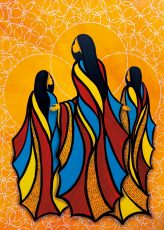 Item Code: POD2726
Item Code: POD2726They Found Us
by: Albert, BettyArt Cards/Matted/Framed/Canvas; IndigenousSize: 6 x 9 in
-
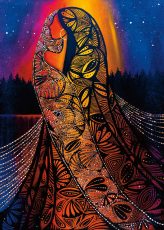 Item Code: POD2725
Item Code: POD2725Stardust
by: Albert, BettyArt Cards/Matted/Framed/Canvas; IndigenousSize: 6 x 9 in
-
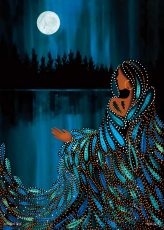 Item Code: POD2723
Item Code: POD2723Spirit of the North
by: Albert, BettyArt Cards/Matted/Framed/Canvas; IndigenousSize: 6 x 9 in
-
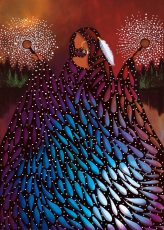 Item Code: POD2722
Item Code: POD2722The Rainmaker
by: Albert, BettyArt Cards/Matted/Framed/Canvas; IndigenousSize: 6 x 9 in
-
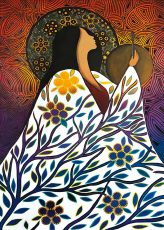 Item Code: POD2721
Item Code: POD2721Ancestral Song
by: Albert, BettyArt Cards/Matted/Framed/Canvas; IndigenousSize: 6 x 9 in
-
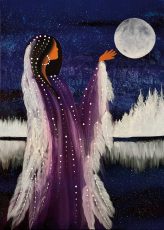 Item Code: POD2720
Item Code: POD2720Winter Moon Rising
by: Albert, BettyArt Cards/Matted/Framed/Canvas; IndigenousSize: 6 x 9 in
-
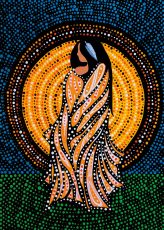 Item Code: POD2719
Item Code: POD2719Sunrise
by: Albert, BettyArt Cards/Matted/Framed/Canvas; IndigenousSize: 6 x 9 in
-
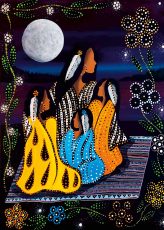 Item Code: POD2718
Item Code: POD2718Story Teller
by: Albert, BettyArt Cards/Matted/Framed/Canvas; IndigenousSize: 6 x 9 in
-
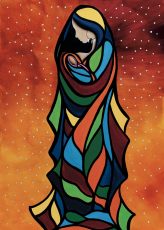 Item Code: POD2545
Item Code: POD2545215
by: Albert, BettyArt Cards/Matted/Framed/Canvas; IndigenousSize: 6 x 9 in
-
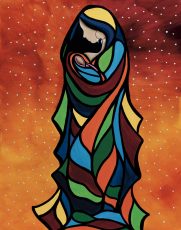 Item Code: POD2545LE
Item Code: POD2545LE215
by: Albert, BettyIndigenous Limited EditionSize: 13 x 16 1/2 in
-
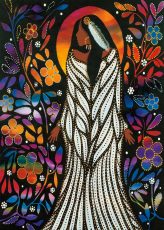 Item Code: POD2289LE
Item Code: POD2289LESacred Space
by: Albert, BettyIndigenous Limited EditionSize: 13 x 16 1/2 in
-
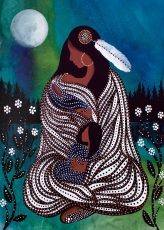 Item Code: POD2423LE
Item Code: POD2423LELoving Arms
by: Albert, BettyIndigenous Limited EditionSize: 13 x 16 1/2 in
-
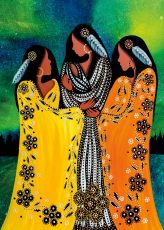 Item Code: POD2429LE
Item Code: POD2429LEMotherhood
by: Albert, BettyIndigenous Limited EditionSize: 13 x 16 1/2 in
-
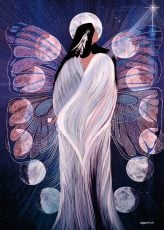 Item Code: POD1902
Item Code: POD190213th Moon
by: Albert, BettyArt Cards/Matted/Framed/Canvas; IndigenousSize: 6 x 9 in
-
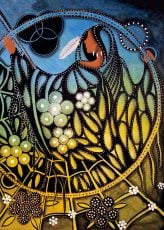 Item Code: POD1898
Item Code: POD1898Sacred Space
by: Albert, BettyArt Cards/Matted/Framed/Canvas; IndigenousSize: 6 x 9 in
-
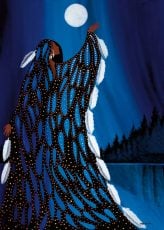 Item Code: POD1896
Item Code: POD1896Standing Tall
by: Albert, BettyArt Cards/Matted/Framed/Canvas; IndigenousSize: 6 x 9 in
-
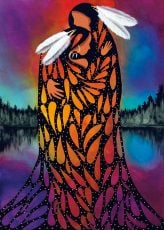 Item Code: POD1895
Item Code: POD1895Young Love
by: Albert, BettyArt Cards/Matted/Framed/Canvas; IndigenousSize: 6 x 9 in
-
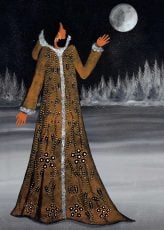 Item Code: POD1894
Item Code: POD1894Winter Moon
by: Albert, BettyArt Cards/Matted/Framed/Canvas; IndigenousSize: 6 x 9 in
-
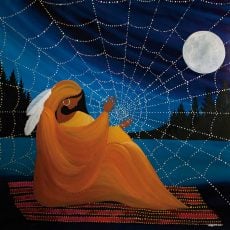 Item Code: POD1893
Item Code: POD1893Weaves the Web
by: Albert, BettyArt Cards/Matted/Framed/Canvas; IndigenousSize: 6 x 9 in
-
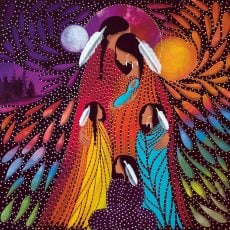 Item Code: POD1892
Item Code: POD1892Family
by: Albert, BettyArt Cards/Matted/Framed/Canvas; IndigenousSize: 6 x 9 in
-
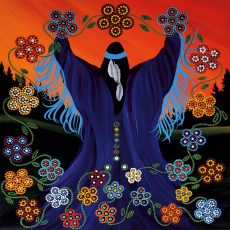 Item Code: POD1624
Item Code: POD1624Inspiration
by: Albert, BettyArt Cards/Matted/Framed/Canvas; IndigenousSize: 6 x 9 in
-
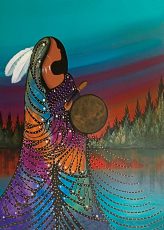 Item Code: POD1623
Item Code: POD1623Aurora Drummer
by: Albert, BettyArt Cards/Matted/Framed/Canvas; IndigenousSize: 6 x 9 in
-
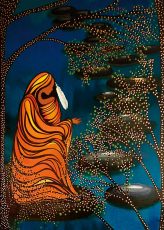 Item Code: POD1622
Item Code: POD1622Water Prayers
by: Albert, BettyArt Cards/Matted/Framed/Canvas; IndigenousSize: 6 x 9 in
-
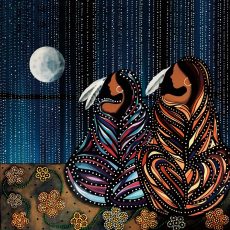 Item Code: POD1621
Item Code: POD1621Sisters
by: Albert, BettyArt Cards/Matted/Framed/Canvas; IndigenousSize: 6 x 9 in
-
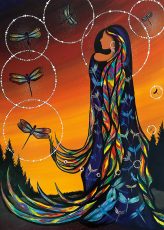 Item Code: POD1618
Item Code: POD1618Transformation
by: Albert, BettyArt Cards/Matted/Framed/Canvas; IndigenousSize: 6 x 9 in
